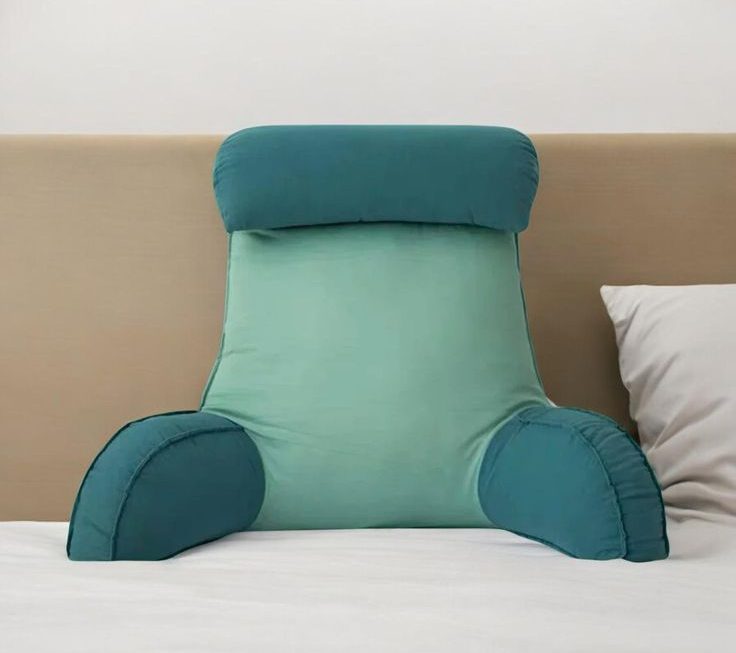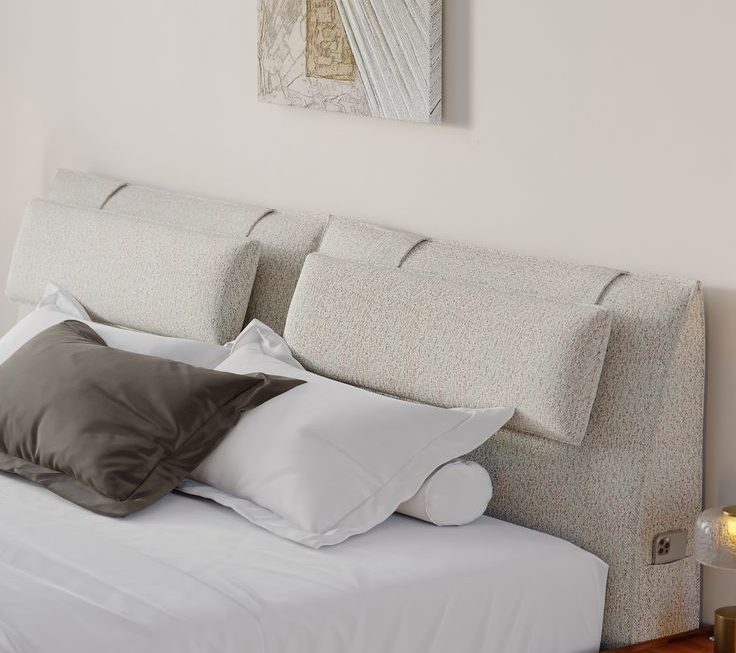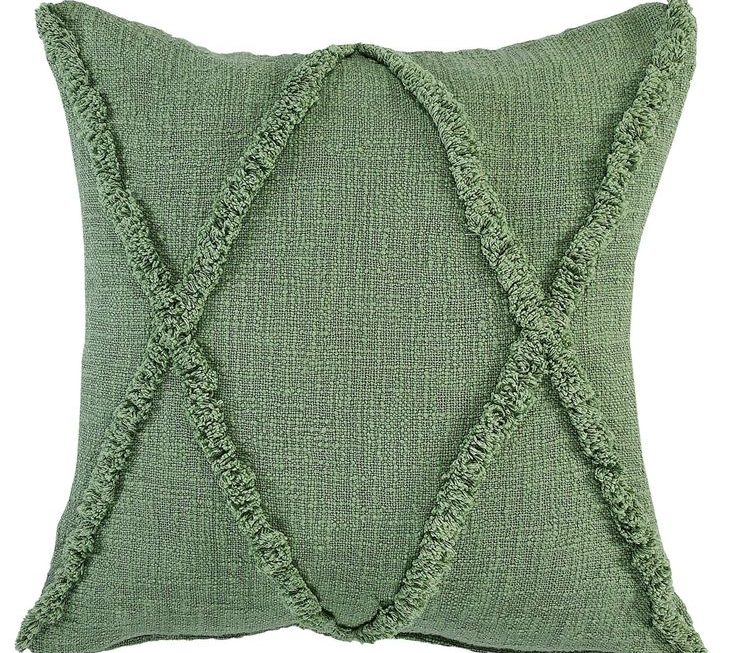Red dye can be a nightmare to remove from carpet. Whether it’s from a spilled drink, a leaky marker, or a burst balloon, the stain can seem impossible to get rid of. However, with the right approach and a little patience, you can often restore your carpet to its original color.
Understanding Red Dye Stains
Before diving into the cleaning process, it’s important to understand how red dye stains work. Red dye is often a synthetic pigment that can be absorbed into the carpet fibers. Once absorbed, it can be difficult to remove without damaging the carpet.
Preparing for Cleaning
Before starting the cleaning process, gather the following supplies:
- White, absorbent cloths: These will be used to blot up the stain.
- Mild detergent: A gentle detergent, such as dish soap, can help break down the stain.
- White vinegar: Vinegar can help neutralize the dye and remove any residue.
- Hydrogen peroxide (optional): For stubborn stains, hydrogen peroxide can be used as a bleaching agent.
- Soft-bristled brush: This can be used to gently scrub the stain.

Alternative methods for removing red dye from carpet
While the methods outlined in the previous sections are generally effective, there are a few additional options you could consider:
Dishwashing Soap and Borax:
- Combine: Mix a tablespoon of dishwashing soap with a cup of borax and a cup of warm water.
- Apply: Apply the solution to the stain and let it sit for 30 minutes.
- Blot: Blot up the solution with a clean cloth.
White Vinegar and Baking Soda:
- Combine: Mix equal parts white vinegar and water.
- Apply: Apply the solution to the stain and let it sit for 30 minutes.
- Sprinkle: Sprinkle baking soda over the stain and let it sit for another 30 minutes.
- Vacuum: Vacuum up the baking soda.
Commercial Carpet Cleaners:
- Specialized products: Consider using a commercial carpet cleaner specifically designed for removing stains.
- Follow instructions: Always follow the manufacturer’s instructions carefully.
Professional Carpet Cleaning:
- Deep cleaning: If the stain is particularly stubborn or you’re unsure about how to proceed, consider hiring a professional carpet cleaner.
- Specialized equipment: They have specialized equipment and cleaning solutions that can often remove even the most difficult stains.
Always test any cleaning solution on an inconspicuous area of the carpet first to ensure it doesn’t cause any damage. If you’re unsure about how to proceed, it’s best to consult a professional.
Steps to Remove Red Dye from Carpet
- Blot up the stain: As soon as the spill occurs, blot up as much of the liquid as possible with a clean, white cloth. Avoid rubbing, as this can push the stain deeper into the carpet fibers.
- Mix a cleaning solution: In a small bowl, mix a solution of mild detergent and warm water. Test the solution on an inconspicuous area of the carpet first to ensure it doesn’t cause any discoloration.
- Apply the solution: Using a clean cloth, apply the detergent solution to the stain. Work from the outside of the stain inward to avoid spreading it.
- Blot again: Blot up the solution with a clean, white cloth. Continue blotting until the stain is lifted.
- Rinse the area: Once the stain is removed, rinse the area with clean water to remove any detergent residue. Blot up the excess water with a clean cloth.
- Use a vinegar solution: If the stain persists, mix a solution of equal parts white vinegar and water. Apply the solution to the stain and blot it up with a clean cloth.
- Try hydrogen peroxide (optional): For stubborn stains, you can try using hydrogen peroxide. However, test it on a small, inconspicuous area of the carpet first, as it can bleach the fibers. If it doesn’t cause any discoloration, apply a small amount of hydrogen peroxide to the stain and let it sit for a few minutes before blotting it up.
- Use a soft-bristled brush: If the stain is still visible, gently scrub it with a soft-bristled brush. Be careful not to damage the carpet fibers.
- Allow the carpet to dry completely: Once the stain is removed, allow the carpet to dry completely before walking on it.
Tips for preventing dye stains in the future
Here are some tips to help prevent dye stains from occurring in the first place:
Protective Measures:
- Use mats: Place mats at doorways and in high-traffic areas to catch dirt and debris before they reach your carpets.
- Cover furniture: Consider using furniture covers or throws to protect your upholstery from spills.
Careful Handling:
- Handle items with care: Be cautious when handling items that could potentially stain, such as markers, pens, and food or drinks.
- Store items properly: Store markers, pens, and other staining materials in a secure location, out of reach of children and pets.
Regular Maintenance:
- Vacuum regularly: Vacuum your carpets regularly to remove dirt and debris that can trap stains.
- Professional cleaning: Consider having your carpets professionally cleaned on a regular basis to remove deep-seated stains and allergens.
Choose stain-resistant fabrics:
- When buying new furniture or carpets: Opt for fabrics that are naturally stain-resistant or have been treated with stain-resistant coatings.
By following these tips, you can significantly reduce the risk of dye stains and maintain the appearance of your carpets and upholstery.

Tips for Removing Red Dye Stains
- Act quickly: The sooner you address the stain, the easier it will be to remove.
- Avoid rubbing: Rubbing can push the stain deeper into the carpet fibers.
- Test cleaning solutions: Always test any cleaning solution on an inconspicuous area of the carpet first to ensure it doesn’t cause any damage.
- Be patient: Removing red dye stains can take time and effort. Don’t give up if the stain doesn’t disappear immediately.
Importance of professional carpet cleaning
Professional carpet cleaning is often overlooked, but it’s a crucial aspect of maintaining a healthy and clean home environment. Here are some key reasons why you should consider hiring a professional carpet cleaner:
Health Benefits:
- Allergen Removal: Carpets can trap allergens like dust, pollen, pet dander, and mold spores. Professional cleaning can significantly reduce these allergens, improving indoor air quality and benefiting people with allergies or respiratory issues.
- Bacteria Reduction: Carpets can also harbor bacteria and germs. Regular deep cleaning can help eliminate these harmful microorganisms, reducing the risk of illness and infections.
Improved Appearance:
- Stain Removal: Professional cleaners have specialized equipment and techniques to remove stubborn stains that may be difficult to tackle on your own. This can restore the appearance of your carpets and make your home look more inviting.
- Fresher Smell: Over time, carpets can develop unpleasant odors. Professional cleaning can help eliminate these odors and leave your home smelling fresh and clean.
Increased Carpet Lifespan:
- Soil Removal: Regular cleaning helps remove dirt and grime from your carpets, preventing premature wear and tear. This can extend the lifespan of your carpets and save you money on replacements.
- Fiber Restoration: Professional cleaning can help restore the fibers of your carpet, making them look and feel like new. This can enhance the overall appearance and value of your home.
Pest Control:
- Flea and Tick Prevention: Carpets can be a breeding ground for fleas and ticks. Regular cleaning can help eliminate these pests and prevent infestations.
Peace of Mind:
- Professional Expertise: Professional carpet cleaners have the knowledge and experience to provide thorough and effective cleaning. This can give you peace of mind knowing that your carpets are clean and sanitized.
In conclusion, professional carpet cleaning offers numerous benefits, including improved health, appearance, carpet longevity, pest control, and peace of mind. By investing in regular professional cleaning, you can create a healthier and more comfortable living environment.

When to Call a Professional
If you’ve tried all of the above methods and the stain is still visible, it may be time to call a professional carpet cleaning service. They have specialized equipment and cleaning solutions that can often remove even the most stubborn stains.
Always follow the manufacturer’s instructions when using any cleaning products. If you’re unsure about how to proceed, it’s best to consult a professional.



